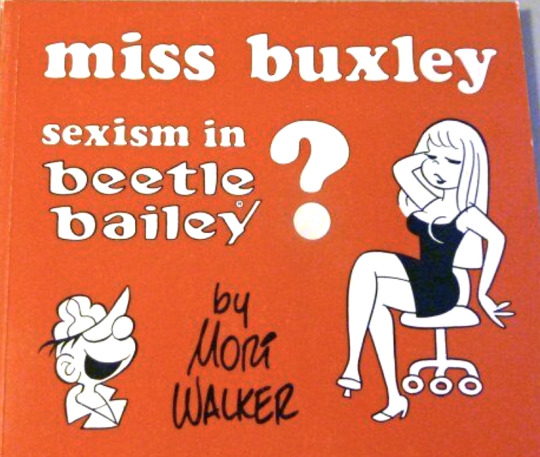Text

September 10, 2015 CONFEDERATES IN THE ATTIC by Tony Horwitz 1998
* * * * *
My Take: Confederates in the Attic is an exceptional exploration of sociology and history, offering profound insights into the enduring obsession many Southerners have with the Civil War. Written in 1998 by Pulitzer Prize-winning journalist Tony Horwitz, the book takes readers on an extensive journey through the American South. Horwitz's quest uncovers the deep, often paradoxical relationship that the South continues to have with its Civil War past, dissecting the culture of reverence for the Confederacy and the lingering divisions in modern-day America.
Horwitz argues that the South's fixation on the Civil War is rooted in the disproportionate number of people directly affected by the war. He notes that 25% of Southerners had direct contact with soldiers during the war, a stark contrast to the Union, where only 10% of the population had similar experiences. Over time, this figure intensified in the South, where the memories of those who fought and lived through the conflict were passed down through generations. In contrast, the North's demographic shifted significantly, particularly with the influx of immigrants, leading to a dilution of the war’s direct connection with most citizens. As Horwitz notes, the Civil War became an increasingly distant memory in the North, whereas the South held onto the “old glories” that had shaped their collective identity.
Throughout the book, Horwitz engages in various fascinating and sometimes unsettling encounters. He examines the cultural and historical legacy of the war through his travels to significant sites like Shiloh, Gettysburg, and Vicksburg. He offers a compelling look at Andersonville Prison and the town of Fitzgerald, Georgia—where Southerners and Northerners once lived together and intermarried. Horwitz doesn't just visit these places; he immerses himself in the stories and myths that continue to shape the region's understanding of its Civil War past. A particularly insightful segment features Horwitz’s interaction with famed historian Shelby Foote, who provides a personal, intellectual lens through which the war’s legacy is viewed and debated.
One of the book’s most striking elements is its treatment of the Confederate flag, an enduring symbol of the South’s historical and ongoing struggle with its identity. Horwitz takes the reader deep into the controversies surrounding the flag, especially its divisiveness in the black communities of the South. He addresses the flag's modern-day implications and the ongoing hostilities it generates, which continue to echo the deep divisions of the Civil War.
Horwitz’s own background—growing up as the descendant of Jewish immigrants in Maryland—gives him a unique perspective on his exploration. He shares his personal history with the Civil War, recounting how his youth was shaped by a deep, almost obsessive engagement with the battles and heroes of the conflict, epitomized by his grandfather’s 19th-century collectible war history. This connection, combined with his journalistic curiosity, allows Horwitz to approach the topic with intellectual rigor and empathetic understanding.
Its fairness makes Confederates in the Attic stand out as a remarkable work of historical and sociological inquiry. Horwitz doesn't set out to ridicule or belittle those deeply invested in Civil War memory; he doesn’t mock them or excuse the darker extremes to which their nostalgia might drive them. Instead, he takes a nuanced approach, offering a balanced exploration of the South’s complicated relationship with its past. This gives the book an invaluable quality—it presents the facts and the emotions with equal weight, allowing the reader to form their own conclusions about the cultural and psychological legacies of the Civil War.
Confederates in the Attic is an indispensable read for anyone interested in Southern Studies, history, or the sociology of memory. It goes beyond the surface of the South’s Civil War obsession, offering a deeper understanding of how the war still defines and divides the American South and, by extension, the broader United States.
1 note
·
View note
Text










POV it’s 2005, you’re working at a McDonald’s with all your best friends
2K notes
·
View notes


















